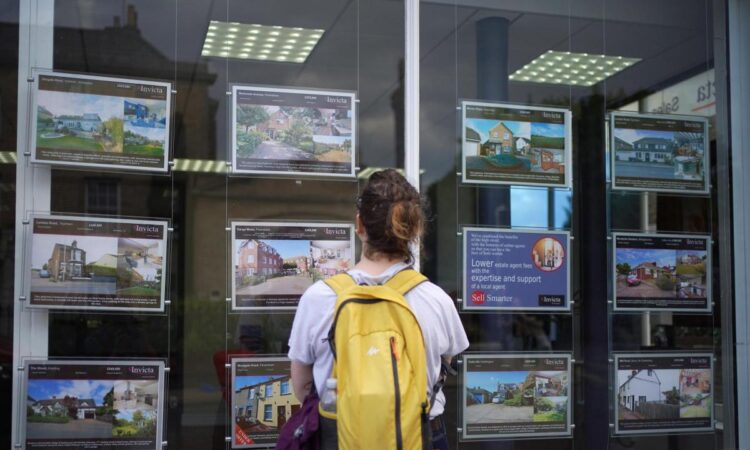

House prices across Scotland have surged since the onset of the pandemic and remain elevated despite a cooling market in recent months.
Figures from lettings and estate agency DJ Alexander show that between March 2020 and November 2023 the average cost to purchase a property rose by 29%, from £150,625 to £194,006. This was driven by substantial increases in and around Edinburgh, and some areas just outside of Glasgow, while the city of Aberdeen was the only location to record a fall.
READ MORE: UK house prices forecast by Nationwide to slide further
David Alexander, chief executive of DJ Alexander, said the shift to living around major cities is likely the result of both price pressures within places like Edinburgh and Glasgow, and the trend established during the pandemic for seeking properties with outside spaces. Detached homes recorded the largest increases over the period, rising by £98,906 – equivalent to £2,197 for each month since the pandemic.
“The last few years since the start of the pandemic have witnessed an unparalleled growth in house prices across Scotland,” Mr Alexander said. “For average prices to increase by £43,381 in less than four years is very unusual and there is every sign that this trend will continue in the coming year.
“In certain parts of Scotland obviously we have had lower price increases but overall, this is an unusually robust performance in a market that was expected to be sluggish at best. Edinburgh and the surrounding areas, East Renfrewshire and East Dunbartonshire have all experienced very strong price growth. Equally Angus, Perthshire, the Highlands, and the West coast have all seen substantial price rises.”
East Lothian recorded the highest increase of £101,816, followed by East Renfrewshire (£79,734) and Edinburgh (£70,612). The lowest three price changes were in Aberdeenshire with an increase of £26,062; North Ayrshire up £24,447; and Aberdeen city with a decline of £778.
Detached homes in Edinburgh have broken through the £800,000 barrier for the first time and now cost £215,370 more than they did in March 2020, an increase of nearly £5,000 for every month of the last forty-five.
Outside the central belt prices have risen sharply around Stirling, Perth and Kinross, the Highlands, Moray, and Argyll and Bute, which is believed to be demand from a combination of second homeowners, holiday lets, and people moving to the area to work or for retirement.
READ MORE: Scotland houses: Prices forecast to rise, rents surge seen
“The risk is that we are creating a two-tier property market between some parts of Scotland and the rest,” Mr Alexander said.
“Where prices are rising this steeply it could mean that some of these areas may become simply unaffordable to a large part of the population. However, this trend may slow as property and personal taxes continue to soar but there is little doubt that parts of Scotland’s property market are experiencing something of a boom at present.”
He added: “While all these figures indicate a buoyant market there must be a point at which affordability comes into play. While there are plenty of well-paid jobs in our major cities and many affluent people who wish to move to rural and remote Scotland there must be a limit to how much buyers are willing to pay for a property.
“Market forces usually play their part in controlling prices, but for the moment there seems to be an alternative economy operating in parts of Scotland which are boosting property prices to new highs. The coming year will be crucial in establishing whether this is a long-term trend or a momentary blip.”
